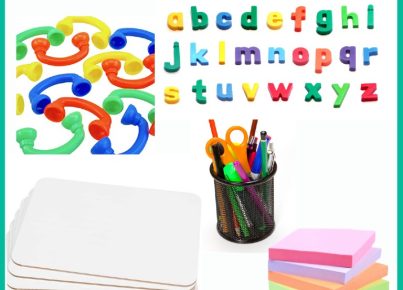Setting up a successful home reading program can be an enriching experience that fosters a love for books and learning. Whether you are a parent looking to encourage your child’s reading skills or an adult aiming to cultivate better reading habits, a structured program can make all the difference. Here are some key steps to create an effective home reading program:
Identify Your Goals: Before you begin, it’s crucial to determine what you want to achieve with your home reading program. Are you looking to improve reading comprehension, speed, or perhaps instill a lifelong passion for reading? Clearly defined goals will help you tailor the program to suit your needs.
Choose the Right Material: Selecting engaging and appropriate reading materials is central to maintaining interest in the program. If this is for a child, consider their interests and reading level when choosing books. For adults, pick genres or topics that intrigue and motivate you.
Create a Comfortable Reading Environment: Designate a cozy spot in your home with good lighting and minimal distractions as your reading nook. This should be a place where you (or your child) can look forward to settling down with a book.
Establish a Routine: Consistency is key for any successful program. Set aside a specific time each day for reading. This could be before bedtime, after lunch, or whatever time fits best into your daily schedule.
Set Achievable Targets: Create short-term objectives like finishing a book by a certain date or reading for a specific amount of time each day. This provides a sense of accomplishment that can spur continued participation in the program.
Engage and Discuss: After each reading session, discuss what was read. This could involve summarizing the story, discussing characters’ motivations, or relating themes to real-life situations. For adult readers, this might take the form of joining book clubs or communities.
Track Progress: Maintain a chart or journal documenting the books read and progress made towards goals. This visual representation of accomplishments can be gratifying and reinforcing.
Celebrate Milestones: Reward yourself or your child after completing milestones within the program, whether that’s finishing a challenging book or meeting monthly targets.
Adjust as Necessary: Be flexible with the program if certain aspects aren’t working well. Adjustments may need to be made regarding difficulty level of materials or time allocations.
By following these steps, you’ll be well-equipped to establish and maintain a successful home reading program that not only improves reading skills but also brings joy and enrichment through the power of literature.





